








Midweek Update 21 September 2023Google Banner Ad THIS WEEK IN MIDWEEK UPDATE Giving back - Kit Planes for Africa's young learners Flying imitative. SAAF Oryx pilot recalls ill-fated DRC flight. Paramount's Mwari racking up flying hours in Mozambique while weapons integration progresses. ICAO- engaging with civil aviation authorities from across Europe for sustainable, resilient and innovative civil aviation. FAA extends remote ID enforcement date six months. Moroccan H135M deliveries begin. Bristow & Volocopter partner to bring UAM services to U.S. and U.K. Lockheed Martin UK launches Team Black Hawk for UK's new medium helicopter requirement. Eviation announces order from Solyu for 25 Alice all-electric commuter aircraft. Airbus Helicopters and PHI sign for 20 H175 and 8 H160 helicopters. Boeing to lead counter-hypersonic flight test, evaluation for DARPA's Glide Breaker. This week in History - Jaromir Wagner was the first to fly the Atlantic standing on the wing of a Britten-Norman Islander. Bonus Video - A busy Saturday morning flying 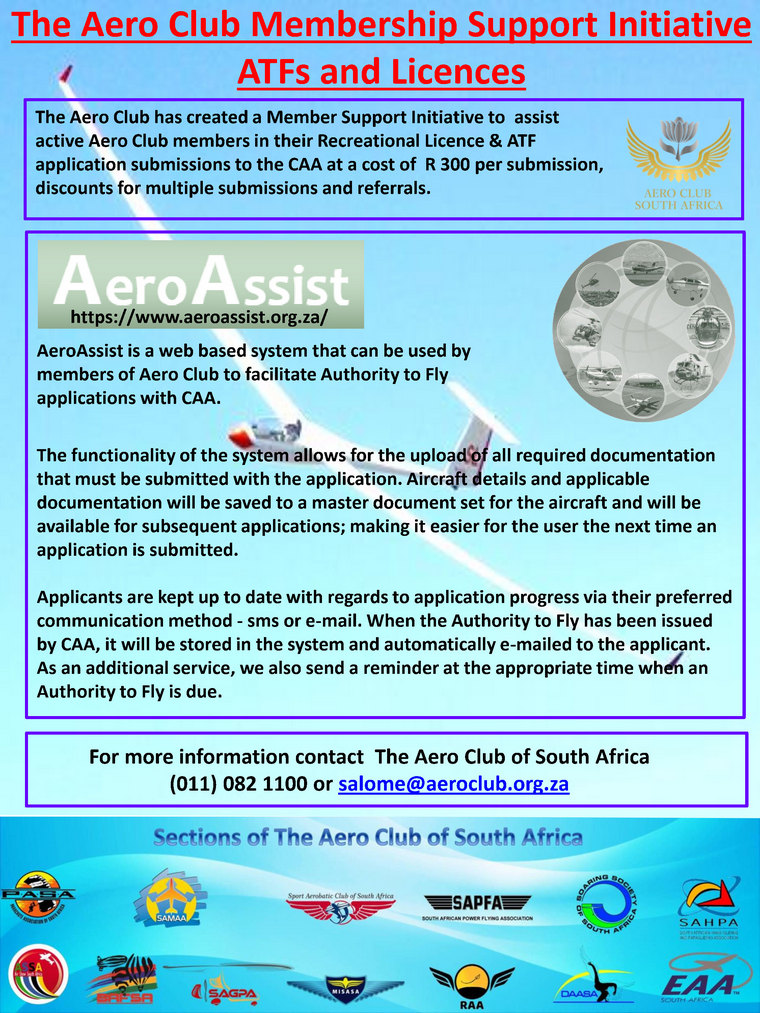  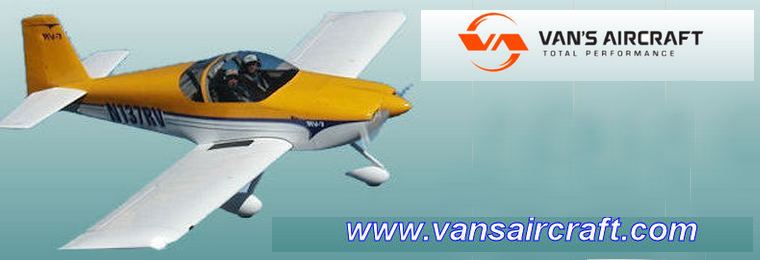  23 JLPC @ Baragwaneth Fly In Day. Live, Music, Fly and Food. 30 Saldanha West Coast airshow. Contact Clive Coetzee E-mail: clivecoetzee@sun.ac.za Cell: 084 614 1675 29 Sept to 1 November. EAA Sun 'n Fun New Tempe Bloemfontein. Kassie 080 404 1642 or Lucas 082 566 0656 30 Heidelberg Great Train Race Heidelberg Airfield. For more information contact 082 560 2275 30 to 7 October Gliding Nationals at Potchefstroom - Carol Clifford bobcar@global.co.za  West Coast FlyFPV SA Championship and West Coast RC Flight Championship. Clive Coetzee E-mail: clivecoetzee@sun.ac.za Cell: 084 614 1675 6 & 7 SAC World Advanced Aerobatic Championships training camp venue TBA. Annie Boon E-mail: info@anniesaviationcorner.com 6 to 8 EAA Sun 'n Fun Tempe Airfield. Neil Bowden E-mail: airadventuresa@gmail.com 7 EAA Chapter 322 monthly gathering 18h00 Tempe airfield. Contact Neil Bowden E-mail: airadventuresa@gmail.com 14 Krugersdorp Flying Club Fly In. RSVP via Whatsapp 083 577 8894 14 to 22 SAC World Advanced Aerobatic Championships training in the USA. Contact Annie Boon E-mail: info@anniesaviationcorner.com 24 October to 4 November. SAC Advanced World Aerobatics Championships Las Vegas. Contact Annie Boon E-mail: info@anniesaviationcorner.com 28 October SAPFA SA Landing Championships - Brits & Stellenbosch airfields. Contact Ron Stirk E-mail: melron@mweb.co.za Cell: 082 804 445 0373 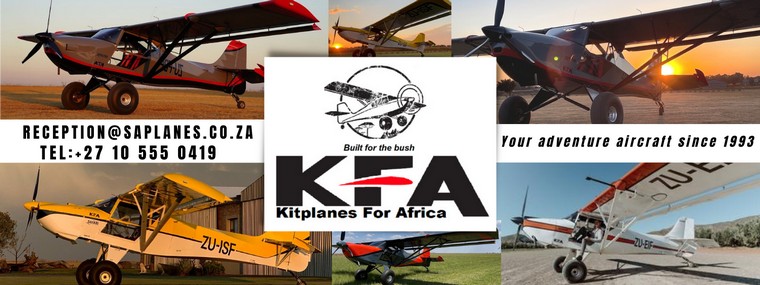  GIVING BACK - KIT PLANES FOR AFRICA'S YOUNG LEARNERS FLYING IMITATIVE On Friday the 15th of September 2023 the learners of Star Light Day Care embarked on their first aviation adventure with the help of Kitplanes for Africa (Pty) Ltd. They arrived at Petit airfield bright eyed and full of excitement. This would be the first time that many of the children, aged 2 to 6 years old, would see an aircraft up close, let alone get the opportunity to sit in one! 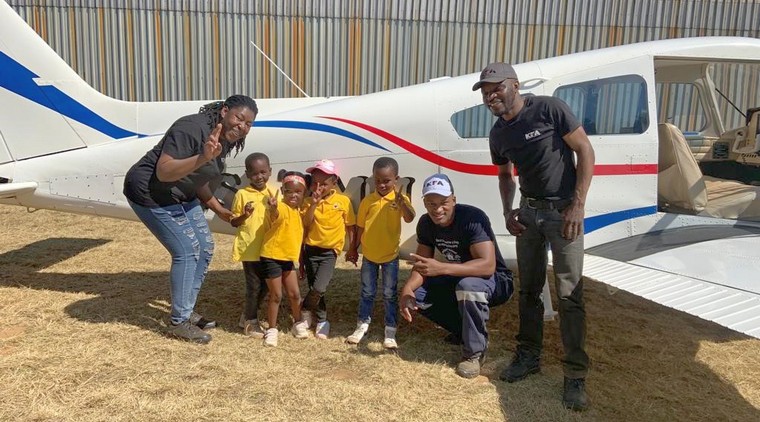 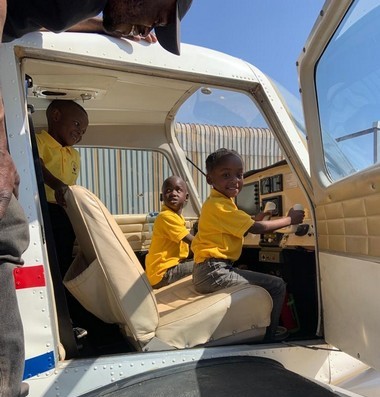 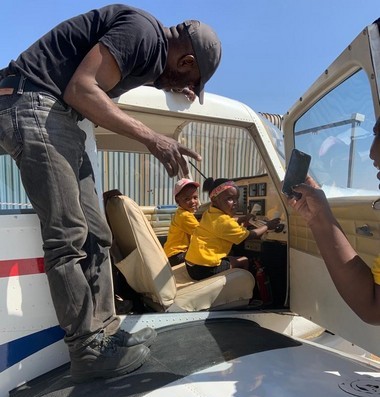  The leaners were led three by three to KFA's Moon Musketeer where our hand selected aircraft fanatic staff members helped them into the aircraft and shared their love of all thing's aviation with the learners, ensuring that the children had a safe and enjoyable experience. After all the excitement cupcakes were shared and the song performed by the learners as a thank-you gesture truly made the day that much sweeter. This aviation adventure will undoubtedly be a cherished memory for the young learners of Star Light Day Care and will hopefully inspire some of them to pursue aviation as a passion or career in the future.   SAAF ORYX PILOT RECALLS ILL-FATED DRC FLIGHT www.defenceweb.co.za In an interview with Ad Astra editor Captain Tebogo August he recalled the events of the 5 February 2023 sortie that resulted in the death of his flight engineer colleague. "I avoid dwelling on that Sunday, it will never be forgotten but I do not want to allow myself to be drawn into the past and dwell on the trauma the day brought," he said.  On what went through his mind when his unarmed Oryx medium transport helicopter was hit by ground fire in the Democratic Republic of Congo, Allan told his interviewer: "Everything flashed through my eyes and I had no choice but to process instantly and apply what any soldier who is well trained by the best in the world would do. "The thought process, the emotional intelligence that got drilled into us from the beginning at the Flying School in Langebaanweg kept us all alive. The instinct to react as I did wasn't a conscious thought, but rather a natural reaction to the situation at hand. "Using my limited and still growing experience as a grounding to react to the evolving situation that was bloody and scary. I wouldn't say I remained calm, but rather professional as an airman. Analysing the situation and taking control of the cockpit environment was a high priority for me and those that were with me, I had to make my country proud. Taking control of the aircraft at low level, that was heading towards the side of the valley is an image etched into my mind forever. The objective was to keep the rest of the crew as safe as possible and fly the aircraft in such an operational manner that further attacks on us would be ineffective. "You only realize how close to death we truly live until you have put your foot in the door of death," Allan is reported as saying. On what his training as a military helicopter pilot means, he said it prepared one "thoroughly for combat missions of all sorts". "It depends on attitude at the time, whether to take in all the valuable information and store it, ready for use the day it's needed when people are actively trying to kill you and your friends". On losing friends in the line of duty, Allan said it "isn't an enjoyable feeling. It's tough on the heart, mind, and soul. Keeping strong for others and yourself are equally important. I do find myself with occasional flashbacks when my mind is not distracted, but anchoring myself in the present has helped me to go on and remain professional." The bullet that killed Mabena also hit Major Omolemo Matlapeng in the shoulder, but he recovered from his injuries. In addition to the three-flight crew aboard the Oryx on that fateful day, Privates Koena and Semamola were also on board. Allan said they served as extra protection for the aircrew in the event of an emergency landing. "They played a key role in performing immediate first aid for Vusi after the shot that took his life right in front of us," he told Ad Astra. Although it is not clear who fired the bullet that hit Oryx 821, it is suspected M23 rebels were responsible as the incident occurred over an area controlled by the M23. The Oryx was flying unescorted along a ridge, allowing the bullet to penetrate at a horizontal angle - in the past, SAAF Oryx and Rooivalk helicopters in DRC have been hit by small arms fire from below, not from almost head-on.   PARAMOUNT'S MWARI RACKING UP FLYING HOURS IN MOZAMBIQUE WHILE WEAPONS INTEGRATION PROGRESSES www.defenceweb.co.za As the launch customer for the Mwari intelligence, surveillance, reconnaissance (ISR) and strike aircraft, Mozambique has accumulated over 70 hours of flying on the type, which Paramount is hoping to sell to other African and European customers. This was revealed by Paramount Aerospace Industries (PAI) at the Defence, Security Equipment International (DSEI) 2023 exhibition currently underway in London. The company said with deliveries underway to the Mozambican Air Force, it has been recently revealed that the Democratic Republic of Congo (DRC) has ordered several Mwari platforms. Mozambique has ordered three aircraft, and the DRC six. Paramount at DSEI gave an update on the Mwari's integration of advanced weapons systems. Weapons testing and certification are expected to commence towards the end of the fourth quarter of this year/early first quarter of 2024, to be undertaken by Paramount Aerospace Industries, "ensuring vertical integration and manufacture of the latest rendition of the company's own intellectual property (IP)." The specifics of newly adopted mission and weapons systems will be disclosed at a later date. Paramount said additional integration of modern command, control and communications base systems architecture further enables the Mwari to serve as a critical link between aircraft, ground forces and forward-operating bases (FOBs). "Advanced technologies are leveraged to transmit next-level intelligence and real-time analysis, ensuring that the Mwari can play a key role in coordinating responses, redefining the very nature of precision-strike," Paramount said in a statement.   In Malta from 7 to 9 September 2023, at the occasion of the 72nd special meeting of the Directors General of Civil Aviation (DGCAs) of the European Civil Aviation Conference (ECAC), ICAO Secretary General Juan Carlos Salazar concluded a series of meetings with European States and stakeholders to advocate for partnerships and innovation towards sustainable, resilient and inclusive civil aviation. These included a meeting with the Minister for Transport, Infrastructure and Capital Projects of Malta, the Hon. Aaron Farrugia, at which the Secretary General highlighted Malta's exemplary progress in civil aviation matters specifically, noting that its experience could help other smaller States optimize their aviation system. 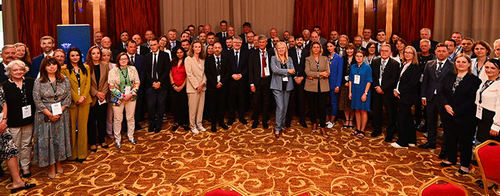 Additional bilateral meetings, focusing on cooperation priorities, were held with several DGCAs from ECAC States, as well as with the Director General of EUROCONTROL and the Acting Executive Director of EASA. The meetings comprised reviews of ongoing projects under ICAO's Transformational Objective. The Secretary General's advocacy was further complemented by discussions with leaders of Malta's aviation industry. These concentrated on their current challenges and ICAO's role and main activities regionally and globally. Mr. Salazar was accompanied throughout his mission in Malta by ICAO Regional Director for Europe and the North Atlantic, Mr. Nicolas Rallo. 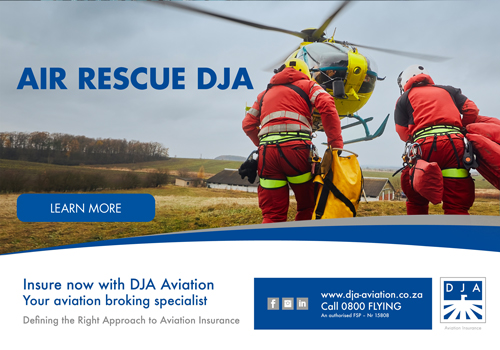  FAA EXTENDS REMOTE ID ENFORCEMENT DATE SIX MONTHS Drone pilots who are unable to comply with the broadcast requirement of the Remote ID Rule will now have until March 16, 2024, to equip their aircraft. After that date, operators could face fines and suspension or revocation of pilot certificates.  Drone pilots can meet this deadline by purchasing a standard Remote ID equipped drone from a manufacturer or purchasing a Remote ID broadcast module which can be affixed to existing drones that do not have Remote ID equipment. Remote ID acts like a digital license plate and will help the FAA, law enforcement, and other federal agencies find the control station when a drone appears to be flying in an unsafe manner or where it is not allowed to fly.   MOROCCAN H135M DELIVERIES BEGIN www.defenceweb.co.za The Royal Moroccan Air Force has taken delivery of the first of its two H135M helicopters ordered from Airbus Helicopters, marking the beginning of a significant addition to Morocco's military training capabilities. The new H135Ms will replace the Royal Moroccan Air Force Helicopter Flight School's AgustaBell AB206A and AB206B rotorcraft in use at 1 Air Base at Rabat/Salé, Scramble reported. The new helicopters will play a pivotal role in training pilots for a wide array of missions, including utility and search and rescue operations. Under the contract with Airbus, which was announced in July 2022, Morocco will receive a comprehensive support package, including the delivery of Flight Training Devices and the training of instructor pilots and maintenance pilots. The training programme will enable Morocco to take full advantage of the H135's multi mission capabilities such as NVG and winching, Airbus Helicopters said. The company touted the H135's endurance, compactness, low noise emissions, reliability, versatility, and cost-effectiveness, making it a valuable asset to Morocco's Air Force. The H135 has accommodation for seven (including two flight crew) in its standard configuration, and boasts a maximum take-off weight (MTOW) of 2 980 kg; a maximum payload of 1 360 kg; a top speed of 259 km/h; a range of 633 km with standard fuel and at normal MTOW; and an endurance of 3 hours 35 minutes. With the inclusion of Morocco, the H135 helicopter, previously known as the EC135, is now operated by 12 military entities worldwide. These helicopters have collectively accumulated over 400 000 military flight training hours (Some 1 400 H135 helicopters are operated by more than 300 commercial and private operators in 65 countries. The fleet has accumulated more than 6.5 million flight hours.) Morocco is a previous Airbus Helicopters customer - in January 2020 the country's Gendarmerie took delivery of two H125 helicopters, joining its fleet of nearly three dozen aircraft. The Royal Moroccan Air Force ordered 24 AH-64E Apache attack helicopters from Boeing in 2020, with deliveries set to commence in 2024. The acquisition of new helicopters and Morocco's ongoing commitment to enhancing its aviation capabilities reflect the nation's dedication to bolstering its defence infrastructure and maintaining a modern and versatile military force.   BRISTOW & VOLOCOPTER PARTNER TO BRING UAM SERVICES TO U.S. AND U.K. Houston, TX/Bruchsal, 07 September 2023: Bristow Group Inc. (NYSE: VTOL), the world's leading global provider of innovative and sustainable vertical flight solutions, and Volocopter, the pioneer of Urban Air Mobility (UAM), have signed an agreement to explore and develop passenger and cargo services for electric vertical take-off and landing (eVTOL) aircraft in the U.S. and U.K. The joint development agreement covers the exploration of commercial, operational, and eVTOL aircraft maintenance services, including adaptation of the VoloIQ, Volocopter's proprietary digital platform, to ensure Bristow's efficient future operations. This collaboration brings forth a wealth of aviation expertise - Bristow's reliable vertical flight operations and an existing global service network, as well as Volocopter's dedicated development and certification of a safe, quiet, and sustainable eVTOL aircraft. The eVTOL is a rapidly growing segment of electric aviation. With no emissions in flight and an ultra-low noise signature, the addition of the VoloCity to Bristow's operational fleet opens doors to new routes and service opportunities within urban environments. Volocopter expects to receive final certification from the European Union Aviation Safety Agency (EASA) in 2024, while concurrent certification from the Federal Aviation Administration (FAA) could enable the company to start commercial services in the U.S. shortly thereafter.   Lockheed Martin announced its intention to participate in the UK Ministry of Defence's (MOD) New Medium Helicopter (NMH) requirement at the Defence and Security Equipment International (DSEI) exhibition. It outlined its team of UK partners and the benefits of choosing the advanced, Sikorsky Black Hawk® helicopter to replace the UK's aging mixed medium helicopter fleet. Lockheed Martin also outlined its plan to collaborate with those UK partners to create a multitude of opportunities for UK industry, including jobs and opportunities in export, manufacturing and future technology development. Lockheed Martin estimates nearly 40% of total Black Hawk production and assembly will occur in the UK and will support, on average, 660* UK jobs a year between 2025 and 2030. The plan also creates ~£470 million of export opportunities for UK partners manufacturing sub-systems and components over the next 10 years, equivalent to 40% of the Total Programme Value, based on the expected export market to Black Hawk customers. The company's estimate includes ongoing fleet sustainment that will support approximately 320 jobs a year for decades to come when the UK Black Hawk fleet is in-service. On announcing Lockheed Martin UK's proposal, Chief Executive Paul Livingston said: "The newest generation of the Black Hawk is proven, versatile and ready now. It's not only the right choice for UK Defence, it's the right choice for UK industry and it will create a generation of high-skilled jobs here in Britain." Furthermore, UK participation in the Black Hawk programme would open the door for UK industry to take part in the development and production of Lockheed Martin's next generation rotorcraft solutions, creating a potential 45-year pipeline of work and exports for UK companies.   Eviation Aircraft, a manufacturer of all-electric aircraft announced that Solyu, a leasing company based in Seoul, South Korea, has signed a Letter of Intent (LOI) for 25 commuter Alice aircraft with options for 25 additional aircraft. Solyu is focused on supporting sustainable aviation by providing financing and leasing solutions for the Alice to a global customer base of operators. The nine-passenger Eviation Alice is the world's first flight-proven all-electric commuter aircraft. Built from a clean-sheet design integrating magniX's industry-leading electric propulsion system, Alice produces zero carbon emissions and features lower operating costs per flight hour compared to light jets or high-end turboprops - thereby providing the opportunity to activate more routes, improving the convenience of air travel. "Solyu's order is a testament to how lessors are embracing Alice as the future of flight," said Eddie Jaisaree, Vice President, Commercial Sales at Eviation. "The leasing community is an important constituent in bringing about sustainable change in the aviation industry. It is exciting to see a forward-thinking company such as Solyu recognizing Alice's zero carbon technology, economic viability and beautiful design." "We are very excited to work with Eviation to bring sustainable aviation to the market," said Andrew Claerbout, President of Solyu. "With aviation regulations focusing on sustainability and airlines demanding to reduce their carbon footprint, we see Alice as a major contributor to meeting those targets. In addition to its zero emissions, Alice's flexible layout and low operating costs will provide operators opportunities to open new markets." "As we continue to take important steps toward certification, Alice has now secured US$ 5 billion in orders," said Gregory Davis, CEO of Eviation. "It is gratifying to see the marketplace so excited about Alice's innovative design, low cost of operation and environmental credentials. We are delighted to have Solyu, our newest leasing customer, join us in our mission to lead the electric age of aviation." Based in Washington State, U.S., Eviation Aircraft Inc. develops and manufactures electric aircraft to delight operators and passengers with green, cost efficient and convenient regional transportation. Its electric propulsion units, high-energy-density batteries, mission-driven energy management, and innovative airframe are designed from the ground up for electric flight. 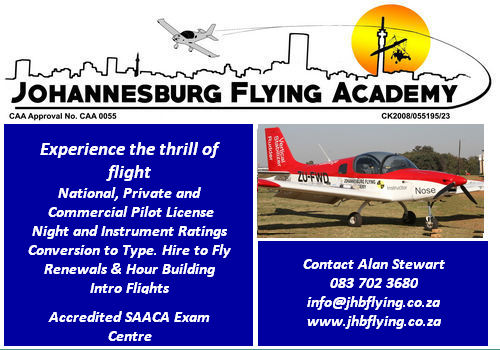  Airbus Helicopters and PHI Group (PHI) have signed a framework agreement that includes commitments for 20 super-medium H175 helicopters and 8 H160s to serve the energy market worldwide, including in the US. These 28 state-of-the-art helicopters will better position PHI to respond to the energy market's expected growing offshore transportation needs. These commitments are composed of firm orders as well as purchase options that PHI may exercise during the course of the framework agreement. "PHI strives to lead the industry in operating the safest and most reliable fleet of helicopters. This agreement is a component of our broader strategy to bring new technology into an industry that has experienced a strong rebound after years of underinvestment. We look forward to our continued partnership with Airbus as we prepare to enter these aircraft into service with our customers around the world," said Scott McCarty, CEO of PHI Group. "We are proud of our ongoing partnership with PHI, a company recognized in the industry for its leadership in innovation and safety. We thank them for renewing their confidence in the H160 and for adding the H175, for their long-range missions, to their growing fleet. At a time when passenger safety, economic competitiveness, and energy efficiency are key to conquering any market, the H160 and the H175 are reliable options for the years to come and we look forward to supporting their operations worldwide," said Bruno Even, CEO of Airbus Helicopters. PHI has been supporting the energy industry for 74 years. Today, PHI operates over 200 helicopters across the globe serving a number of markets, including energy and air medical. PHI's Airbus fleet consists of H125, H135, H145, H160 and H175 family helicopters - with the H175 being the latest addition. In service since 2015, Airbus' H175 belongs to the super-medium class of helicopters, combining long-range with smooth flight qualities, making it the perfect solution for several mission profiles, including offshore crew change, public services, and private and business aviation. 54 H175s currently in service have accumulated around 195,000 flight hours, of which 170,000 are flying for the energy sector. Designed as a multi-role helicopter capable of performing a wide range of missions, the H160 integrates Airbus' latest technological innovations. With its light maintenance plan, the H160 optimises operating costs and offers a new standard in availability. The helicopter is powered by two of the latest Arrano engines from SafranHelicopter Engines that offer a 15% reduction in fuel burn. Both the H175 and H160 are already certified to fly with as much as 50% sustainable aviation fuel.   BOEING TO LEAD COUNTER-HYPERSONIC FLIGHT TEST, EVALUATION FOR DARPA'S GLIDE BREAKER 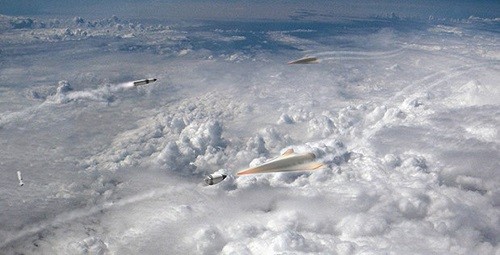 Glide Breaker is intended to inform the design and development of future hypersonic interceptors, which could destroy a threat traveling at least five times the speed of sound in the upper atmosphere during what's known as the "glide phase" of flight. The Boeing-led development and testing will provide the foundation for future operational glide-phase interceptors capable of defending against these sophisticated and evolving hypersonic threats. "This phase of the Glide Breaker program will determine how factors like hypersonic airflow and firing jet thrusters to guide the vehicle affect system performance at extreme speed and altitude in a representative digital environment," said Griffin. "We're operating on the cutting edge of what's possible in terms of intercepting an extremely fast object in an incredibly dynamic environment." 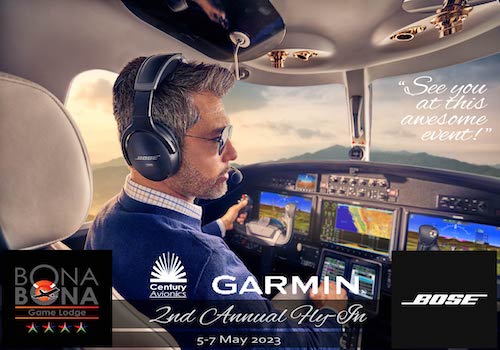   USA, near Reno-Stead Airport, Reno, NV: A North American T-6G Texan, N2897G, 'Six-Cat', and a North American AT-6B Texan, N57418, 'Baron's Revenge', were destroyed when they collided in mid-air while on approach to Reno-Stead Airport (RTS/KRTS), Reno, Nevada. The sole pilot onboard each aircraft sustained fatal injuries. There were no ground injuries. Preliminary information indicates that both aircraft had just competed in the T-6 Class - Gold Race at the National Championship Air Races at Reno-Stead Airport, and they were on base to final to runway 08. The Six-Cat ran into the tail of Baron's Revenge, severing the tail, causing it to go straight for the ground. The Six-Cat flew for a bit but it eventually nosed over and crashed. Both planes crashed in a residential area west of the airport. A ground observer was able to photograph the Baron Revenge before it impacted the ground, it was missing the entire tail and had sustained substantial damage to the outer section (and trailing edge) of the left wing. Argentina, San Luis Airport, SL: A Beech G36 Bonanza, crashed during take-off from San Luis. A post-crash fire erupted, partially destroying the center fuselage. The three individuals aboard survived, but one of them later died from the injuries sustained from the crash. USA, Collings Foundation Airfield, Stow, MA: A Nieuport 28 sustained substantial damage when it was involved in an accident at Collings Foundation Airfield, Stow, Massachusetts. The sole pilot onboard was not injured. Local law enforcement reported that the landing gear failed on landing. However, online videos show that the aircraft impacted the ground during a sharp turn to the runway. USA, North Charleston, SC: On-going reports of a F-35 Lightning from Marine Corps Air Station Beaufort down in North Charleston, South Carolina. The pilot ejected and survived. There is no information on what led to the ejection. The F-35B was put on autopilot before ejecting. The pilot landed by parachute in a Charleston neighbourhood and is in stable condition, but the advanced stealth fighter from which he ejected is nowhere to be found. A search for the plane in the Lake Moultrie and Lake Marion areas found a debris field 70 miles north of Charleston, Florence County, South Carolina during the search. Japan, New Ishigaki Airport: Two MV-22B Osprey of Marine Corps Air Station Futenma (ROTM), USMC made precaution landings at New Ishigaki Airport, Japan due to unreported trouble on one of the formations. No reported injuries. The troubled MV-22B left Ishigaki two days later. One hour earlier, other two MV-22Bs of USMC suffered another unplanned landing incidents at Amami Airport. UK, Wigginton, near Tring, Hertfordshire: A DH.82A Tiger Moth G-AJVE: Sustained damage when Operating from a farm strip at Wigginton, near Tring, Hertfordshire. After a number of flights, the aircraft struck wires on approach, and came to rest inverted. No serious injuries were reported among the two persons on board. Canada, Ottawa/Rockcliffe Airport: A Cessna 140 was stolen and then crashed onto the airport's property, damaging two other planes at Ottawa/Rockcliffe Airport (YRO/CYRO), Ottawa, Ontario. The thief received unspecified injuries and was taken into custody and the aircraft received substantial damage. Italy, Turin: An Aermacchi MB-339 jet had just taken off in formation to head to Vercelli, where it should have performed an aerial exhibition. For reasons yet to be ascertained the aircraft piloted by Major Oscar Del Do' lost altitude and crashed into the ground. The pilot successfully ejected before impact. It is not possible at this time to confirm the causes of the accident. One of the hypotheses under consideration, given the dynamics of the event, is a bird strike during take-off. The ensuing crash involved a car near the perimeter of the airfield and a post-crash fire ensued. Of the occupants of the car, a child was killed and three others were injured. 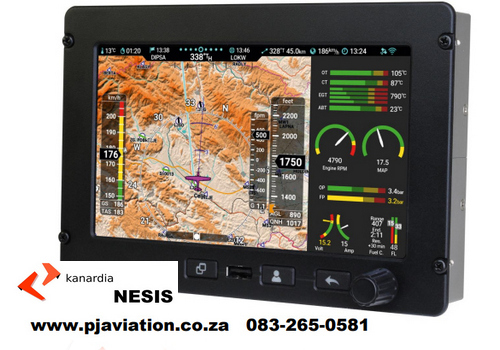   28 SEPTEMBER1980 Jaromir Wagner was the first to fly the Atlantic standing on the wing of a Britten-Norman Islander.  Then he set himself to his next venture, flying across the Atlantic Ocean as a wing walker. On 28 September 1980 he started his journey. It would be an eleven-day adventure that proved more difficult and challenging than even he could have imagined. To get used to the wind force and balance, he took to riding atop a moving car, developing a harness and bracing system into which he could tie himself. He planned to hop from Giessen, in West Germany, to Scotland, then to Iceland, Greenland and Newfoundland before heading south to New York City. Wind chill proved a serious issue and, given the northern latitudes of the route he would need to take, it was a matter of some experimentation. The northern passage across the Atlantic would involve serious challenges to ward off frostbite. For clothing, he tested a three-layer outfit of different materials, borrowing from SCUBA for the final insulating layer, with a layer of insulating cloth between and at the outside, to prevent windchill, a full body leather riding suit. Goggles and a helmet perfected the outfit. Flying to America, his entire outfit was in bright red, white and blue. He made arrangements for a twin-engine Britten-Norman Islander with two pilots to fly him across. They estimated that the flight would require at least 40 hours in the air. His first hops went perfectly. He flew from Giessen to Scotland, but then, in the late September weather, found that he could not proceed. As storms and winds buffeted the North Atlantic route, he waited. Finally, the weather broke and he was off. At Iceland, he was tired but ready to continue after an overnight. The hop to Greenland, however, proved far more difficult as temperatures plummeted to -13 degrees Fahrenheit. After landing, he considered cancelling the last over water leg to Newfoundland, but decided that if he could endure it once, he could do it again. The following day he made Newfoundland without problem, though again the extreme cold that buffeted him took its toll. Before departing from Canada, he noted that "I'm doing it because I like it; I like the risk and it's a thrill." Yet he also added regarding the hard job of flying atop the Islander, "The time gets longer every day." He departed and flew to Vermont. Bone-tired, he rested before the final short hop to New York City. As a grand gesture, on arrival, he orbited the Statue of Liberty after flying down the Hudson River at low altitude. A gaggle of press helicopters followed him closely, jockeying for position to report on the spectacle. There was a tight moment when the entire airborne fleet had to dodge around the Goodyear Blimp before heading to New Jersey for his final landing.    A busy Saturday morning flying  Google Banner Ad |
                                |
 |
 |

Copyright © Pilot's Post PTY Ltd
The information, views and opinions by the authors contributing to Pilot's Post are not necessarily those of the editor or other writers at Pilot's Post.